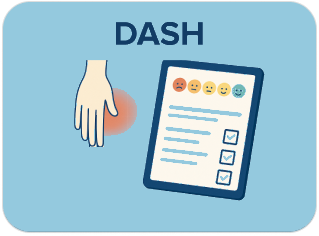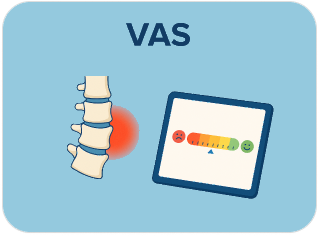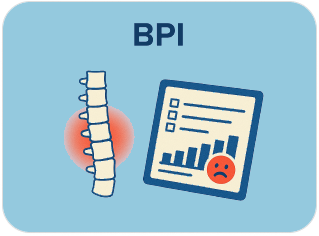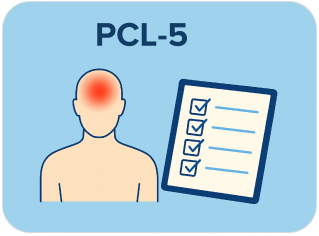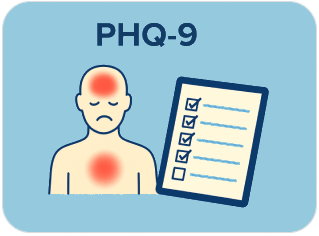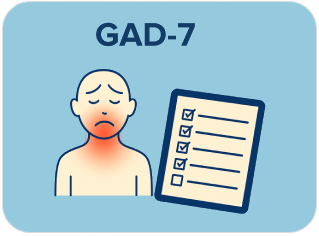Coordinated Polytrauma Care From Point of Injury to Full Recovery
Support faster recovery, better outcomes, and clinical innovation across trauma centers, surgical care, and rehabilitation pathways.
Coordinated Polytrauma Care From Point of Injury to Full Recovery
Support faster recovery, better outcomes, and clinical innovation across trauma centers, surgical care, and rehabilitation pathways.
Support multidisciplinary care through data-informed, patient-centered recovery pathways
Polytrauma patients present complex challenges that require coordination across specialties, systems, and settings. Our framework equips hospitals, ASCs, and practices with real-time patient data, integrated workflows, and outcome tracking to manage multiple injuries effectively. From ICU to rehabilitation, it supports teams in delivering personalized care with measurable progress at every stage.
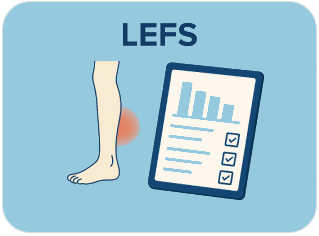
Assesses a patient's functional limitations in the lower extremities. or specific joint-related scales might be used.
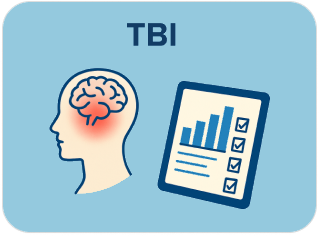
A system of PROMs assessing health-related quality of life in individuals with neurological conditions.
Powered suported by leading international healthcare service
Helping innovators connect the clinical dots across severe injury cases
Medical device innovators working in trauma, orthopedics, and neuro-recovery need real-world application and measurable feedback. Our platform provides the infrastructure to connect advanced tools—like AI-assisted monitoring, neuro-assessment tech, and mobility devices—with patient recovery workflows, unlocking both validation and rapid adoption.
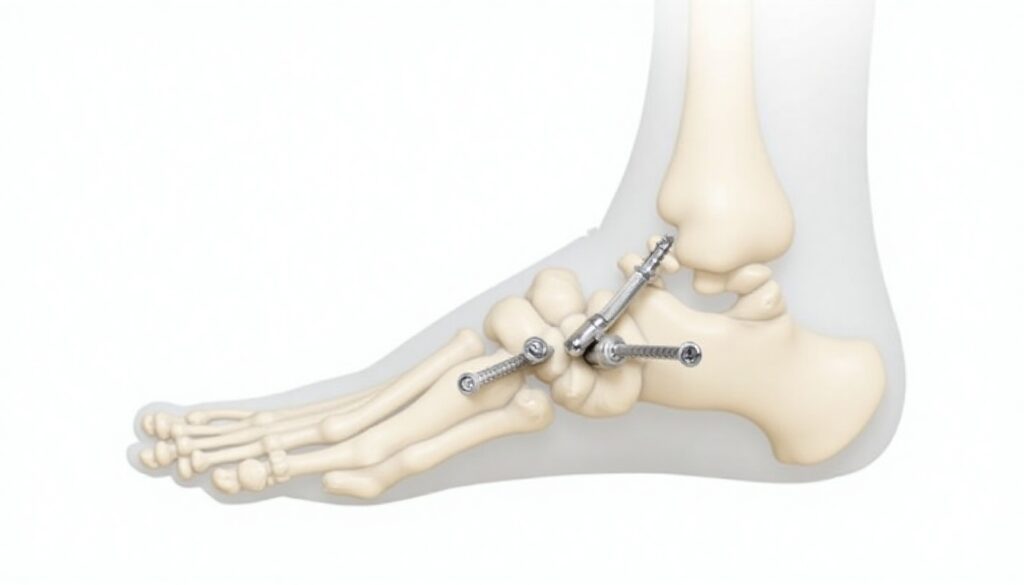
Plates & Screws
Outcome:
Stabilize fractures in various bones for adults of all ages needing fracture fixation.
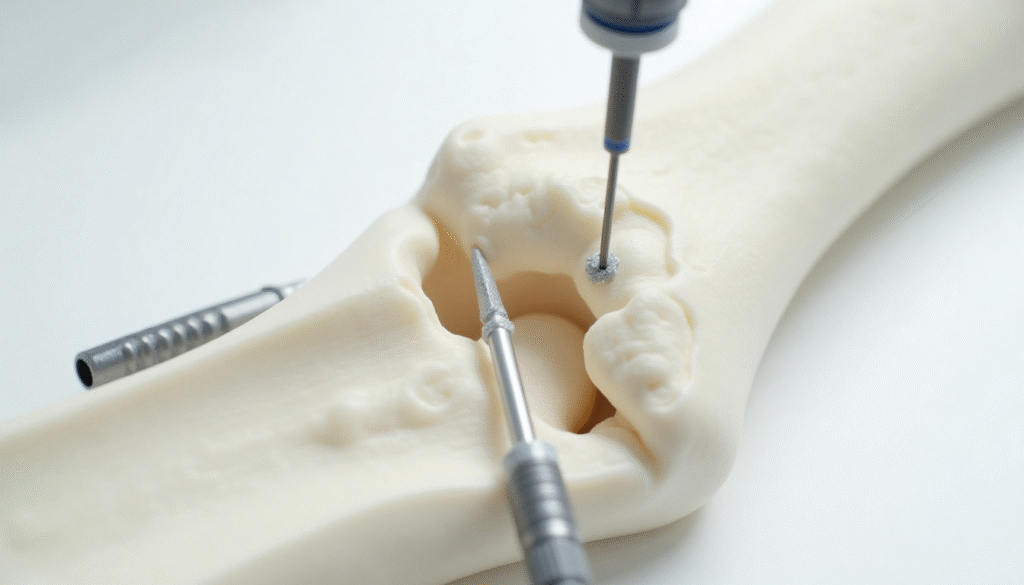
Intramedullary Nails
Outcome:
Fix long bone fractures, suitable for a broad adult age range depending on the injury.
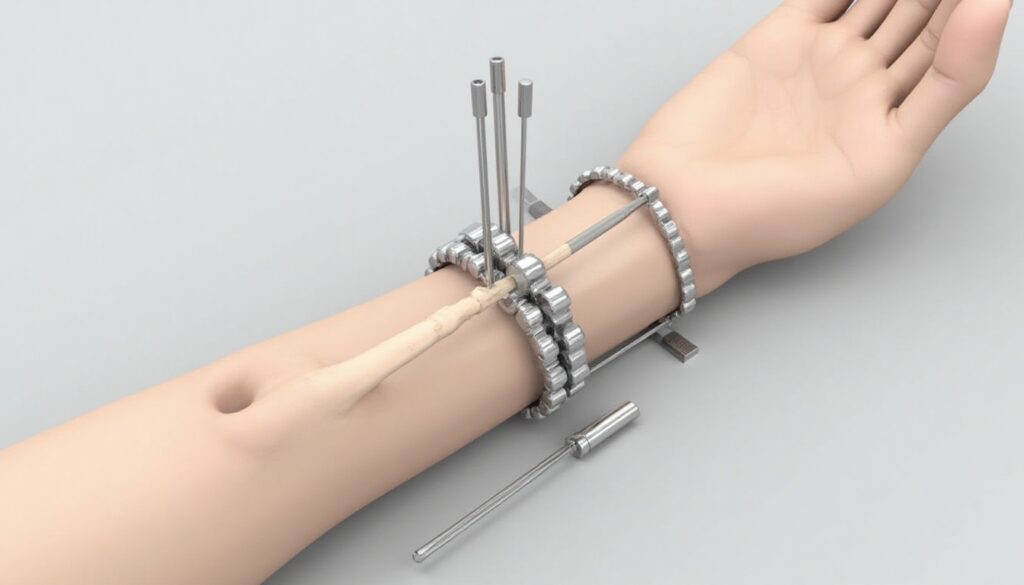
External Fixators
Outcome:
Temporarily stabilize severe fractures; age isn’t a primary limiting factor for initial stabilization.
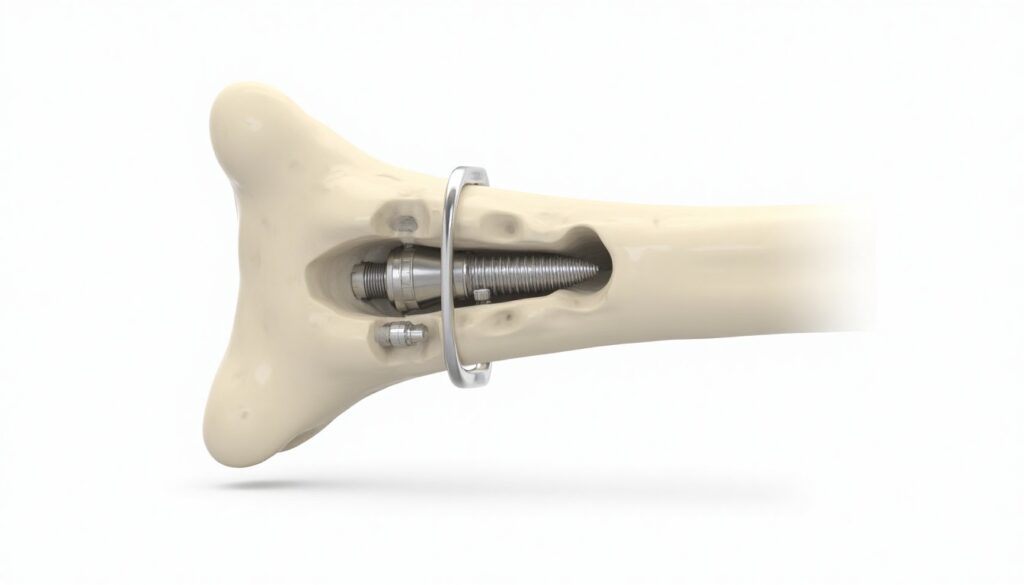
Cannulated Screws
Outcome:
Accurately fix specific fractures, often used in adults depending on the injury location.
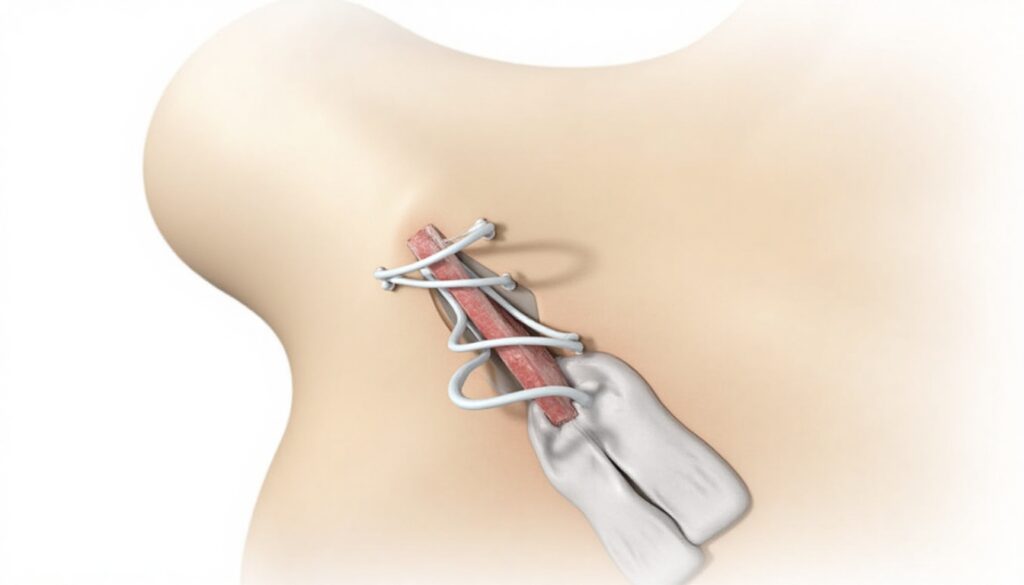
Suture Anchors
Outcome:
Reattach soft tissues to bone; age range depends on the specific injury and patient factors.
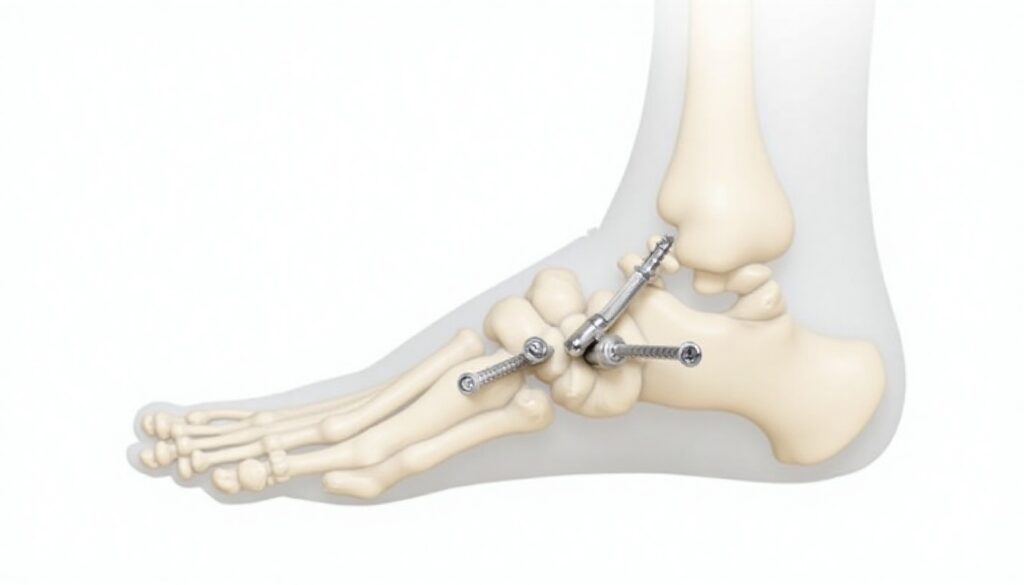
Spinal Fusion Cages/Pedicle Screws
Outcome:
Stabilize the spine after injury; age suitability depends on the patient’s overall health and the nature of the spinal trauma.
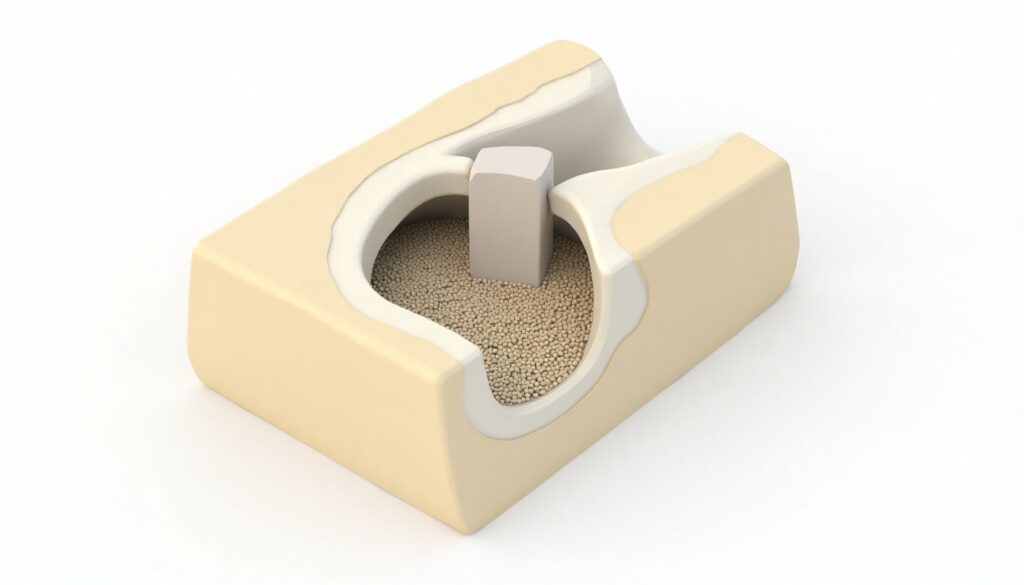
Bone Graft Substitutes
Outcome:
Fill bone voids and promote healing; age isn’t a primary contraindication.
Why polytrauma care is becoming a key focus for strategic partners and forward-thinking investors
Polytrauma presents a high-acuity, high-cost care challenge that is now intersecting with digital health, precision medicine, and long-term care planning. Strategic partners and investors are finding opportunity in creating scalable care pathways that deliver both impact and ROI.
Data-Driven Insights
PROMs and clinical metrics support precision treatment and improve care outcomes.
Workflow Compatibility
Aligns with existing hospital and post-acute systems for smoother implementation.
Multi-Setting Coordination
Helps manage the continuum from acute care to rehabilitation.
Rapid Feedback Loops
Offers real-time insights for clinical trials and product refinement.
Supports VBC Models
Enables tracking for bundled payments, trauma registry contributions, and outcome-linked reimbursement.
Cross-Specialty Relevance
Connects trauma, ortho, neuro, and rehab through one framework.
Remote Monitoring Ready
Integrates seamlessly with home recovery and remote care strategies.
Market Expansion Potential
Applies across military, civilian trauma centers, and rural outreach care models.
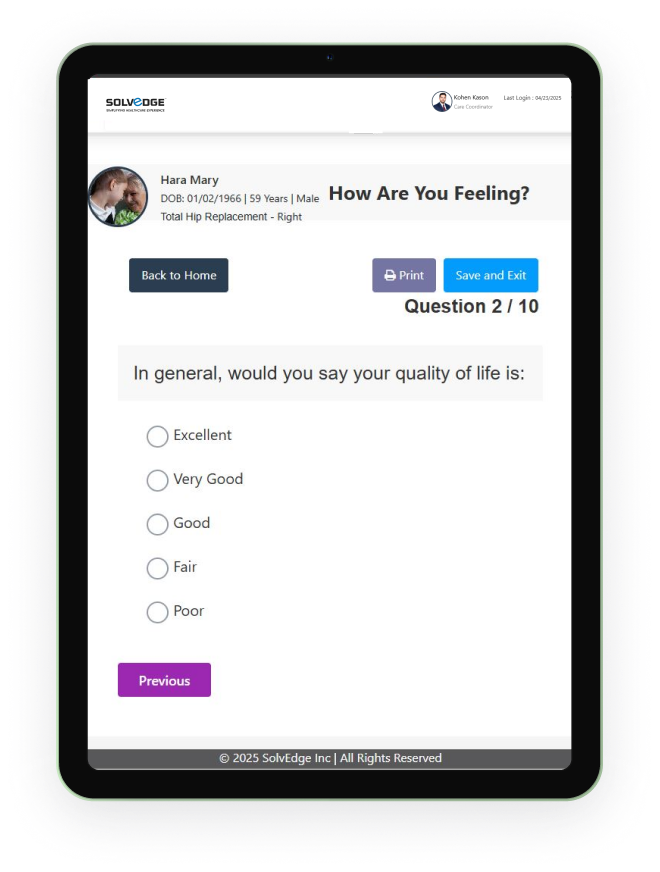

Polytrauma Care Is Complex. Driving It Forward Doesn’t Have to Be
Join providers, innovators, and investors who are building connected care pathways for severe injury recovery.
